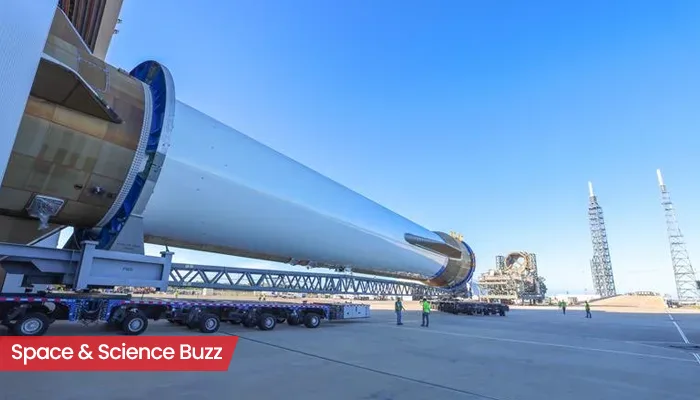Starship: A Marvel
SpaceX's Starship is not just another rocket; it is a gargantuan marvel of engineering, designed for deep-space missions including voyages to Mars. Its
sheer size is impressive, making it the largest rocket ever constructed. Starship is intended to be fully reusable, which could dramatically lower the cost of space travel. This design feature sets it apart from many other rockets that are only partially reusable. The rocket's capability extends beyond mere Earth orbit. Starship is engineered to carry large payloads and numerous crew members, opening up possibilities for establishing permanent bases on the Moon and Mars. This ambition drives SpaceX to constantly improve and test Starship, with continuous updates and modifications to ensure its success. The development of Starship highlights SpaceX's vision for a future where humans are a multi-planetary species.
Comparing Starship's Size
When considering size, Starship dwarfs its competitors. The Falcon 9, another rocket from SpaceX, serves as a valuable comparison. While Falcon 9 is a workhorse for frequent launches, Starship is significantly larger, both in height and in diameter. Blue Origin's New Glenn, a rocket under development, offers another point of comparison. Although New Glenn is designed to be a powerful launch vehicle, Starship surpasses it in both payload capacity and physical dimensions. United Launch Alliance's (ULA) Vulcan rocket also pales in comparison to Starship in terms of sheer size and lift capabilities. Starship is much more substantial, able to carry far greater payloads and intended to travel much further into space. The differences in size directly reflect the different missions these rockets are designed for; Starship is designed to enable deep-space missions.
Starship's Immense Dimensions
The dimensions of Starship are what make it so remarkable. The rocket is designed to consist of two stages: the Super Heavy booster and the Starship vehicle itself. The Super Heavy booster is an incredibly powerful first stage that provides the initial thrust needed to lift Starship off the ground. Together, these two stages create a towering structure. These dimensions are critical to Starship's function. The immense size allows it to accommodate a large number of passengers and substantial cargo, making long-duration space travel more feasible. The design is also important for fuel capacity; the increased size allows for the massive amounts of propellant required for extended journeys. From a purely practical point of view, the size of the rocket makes it a feat of engineering.
Launch Location: Starbase, Texas
SpaceX's Starbase in Texas is central to Starship's development and future launches. This facility acts as both a manufacturing plant and a launch site, making it a crucial location for the rocket's advancement. Starbase allows SpaceX to streamline the process from construction to flight. The location is ideal for testing and launching Starship. Future launch schedules are dependent on achieving further testing and regulatory approvals. While specific dates may shift due to various factors, the intention is to conduct multiple launches from Starbase. These upcoming launches will provide valuable data for improving the rocket's design and validating its capabilities. As Starship evolves, so will Starbase, becoming a critical hub for SpaceX's ambitious space exploration plans.


